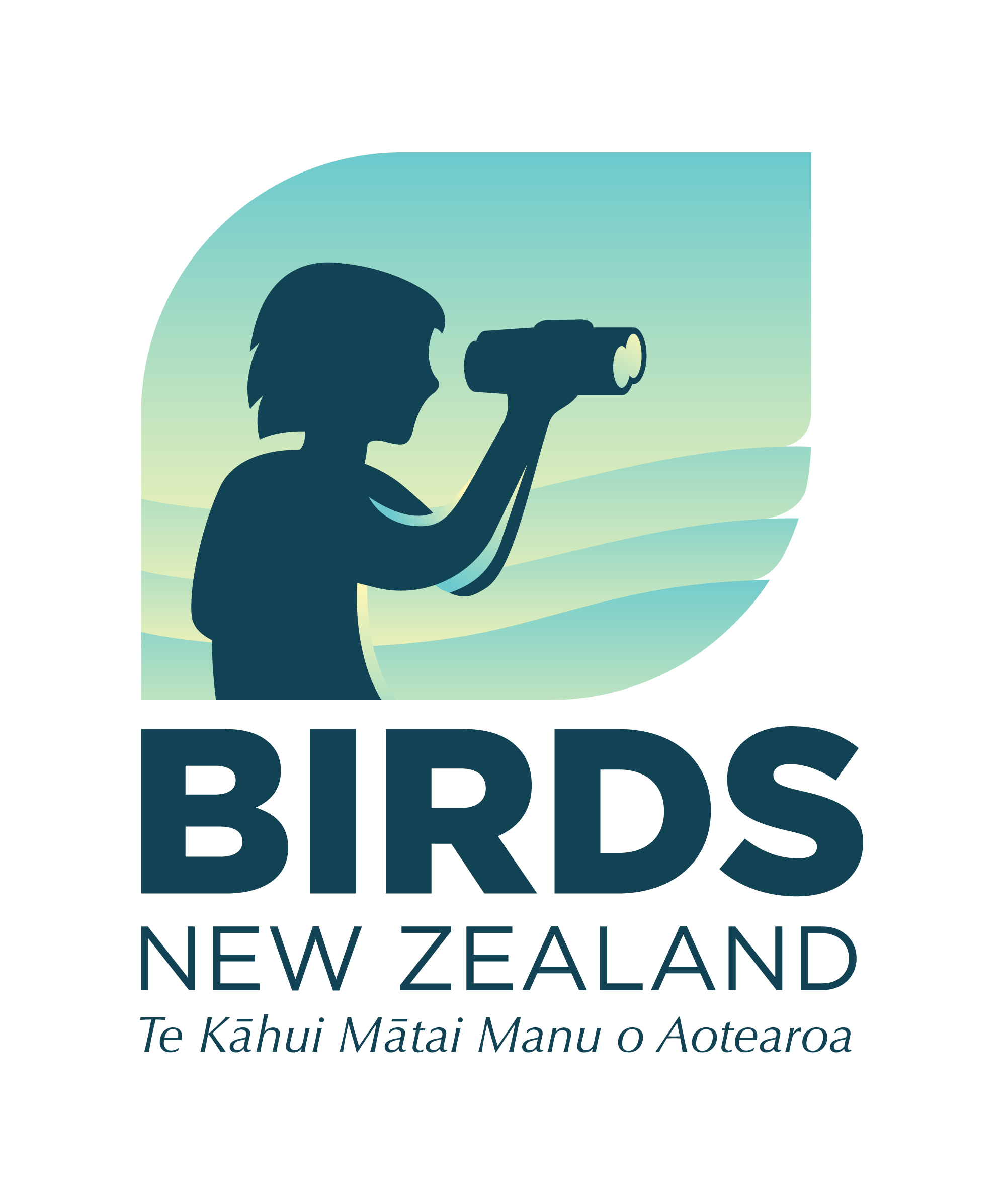Notornis, 10 (6), 289-300, 281-284
Article Type: Paper
North Island wekas, once plentiful, became almost extinct approximately 40 years ago, leaving only a small residual population in the Gisborne – East Coast area and Northland (Waipu). Since then, they have multiplied rapidly in the vicinity of Gisborne and are now abundant in that part of the country. Over a period of 18 months 94 wekas were collected from the Gisborne district for study. Gizzard contents were examined and were found to consist of vegetable matter, seeds, insects and other small invertebrates and occasional1 birds’ eggs and frogs. Predominant items of diet were of plant origin – grass, fibrous material, small pieces of wood and clover leaves. A wide variety of seeds was found, most common being of the grass family, with clover and sedge next in order of importance, Insects predominated in the animal food taken, the most important being beetles, wetas and grasshoppers. Earthworms also were a major item of diet, while insect eggs and millipedes were frequently found.
